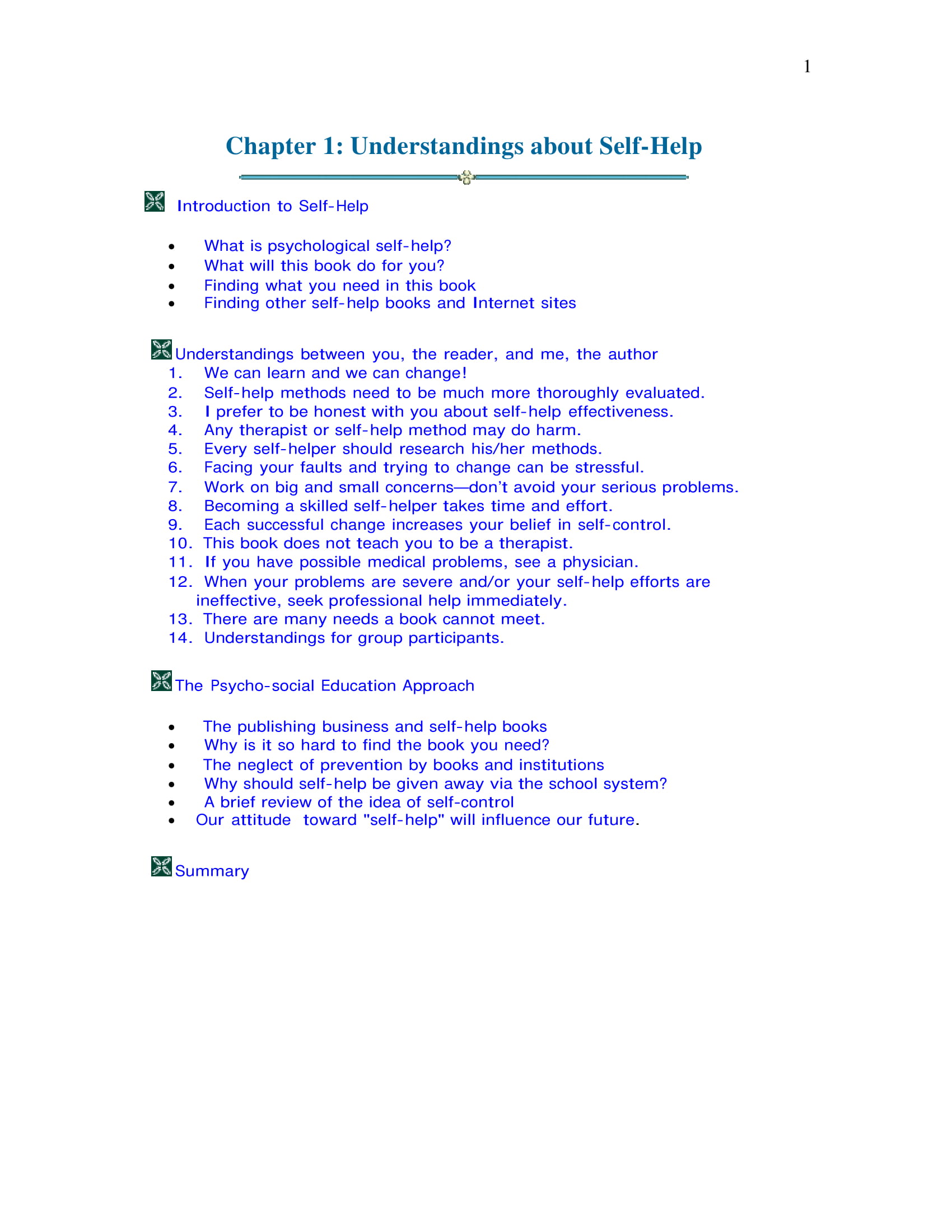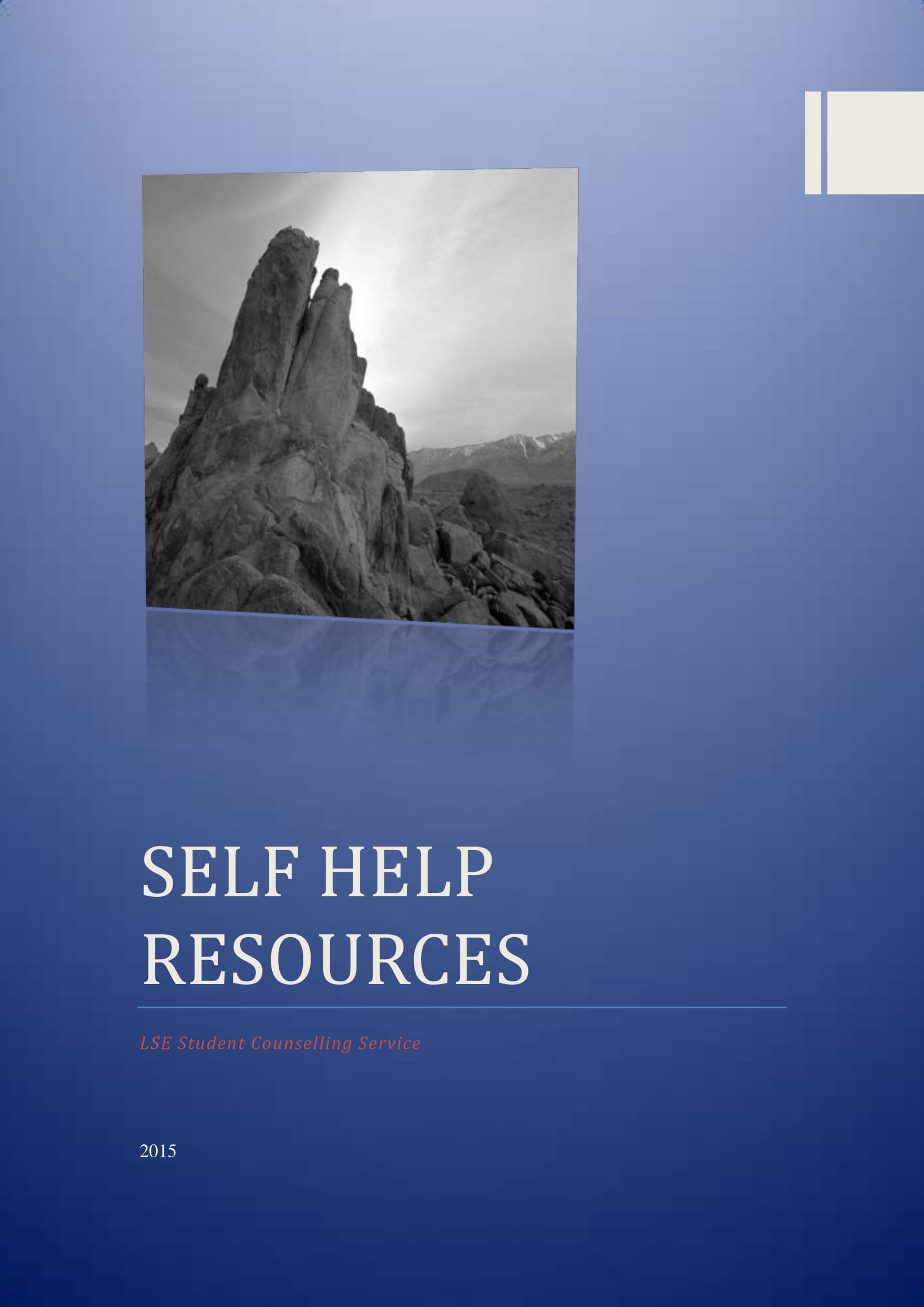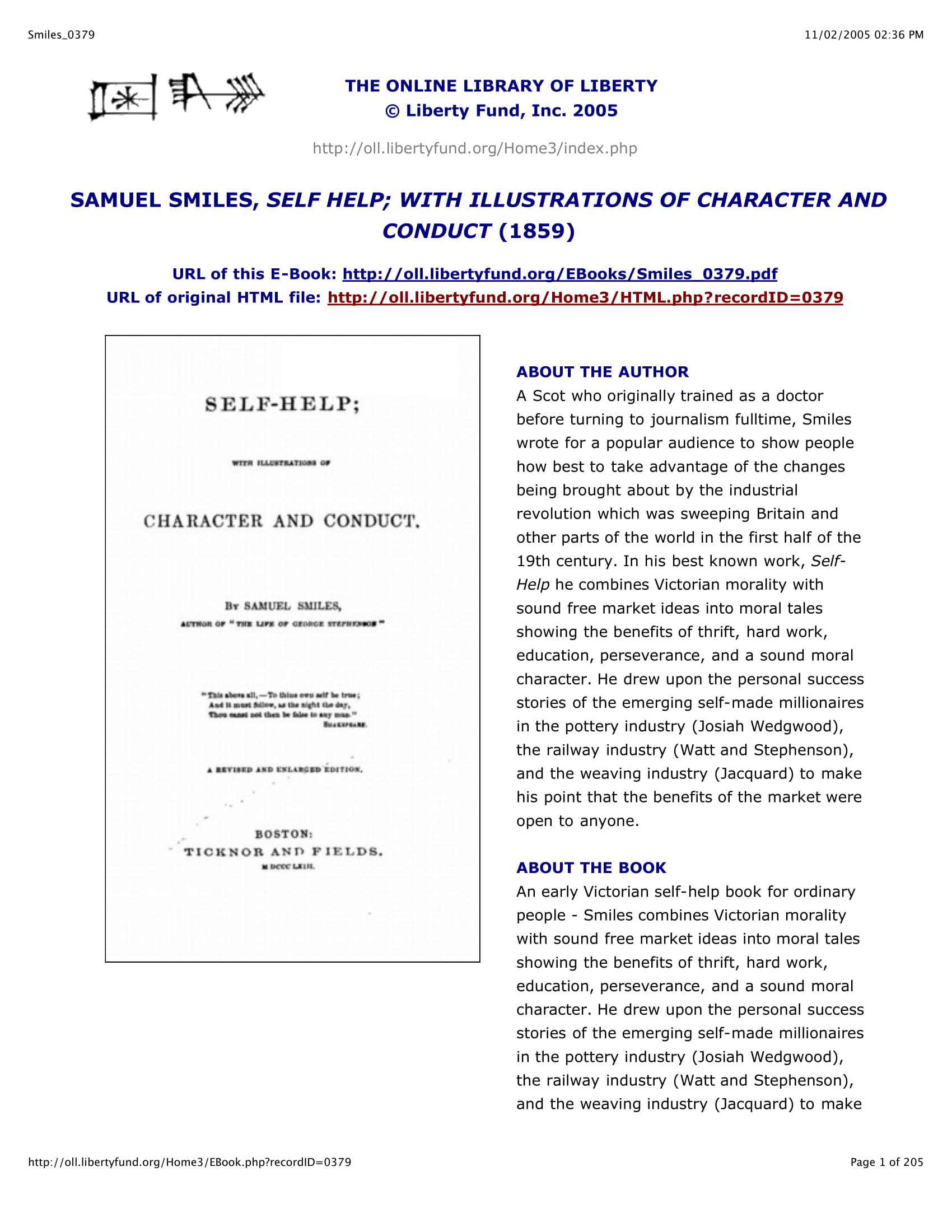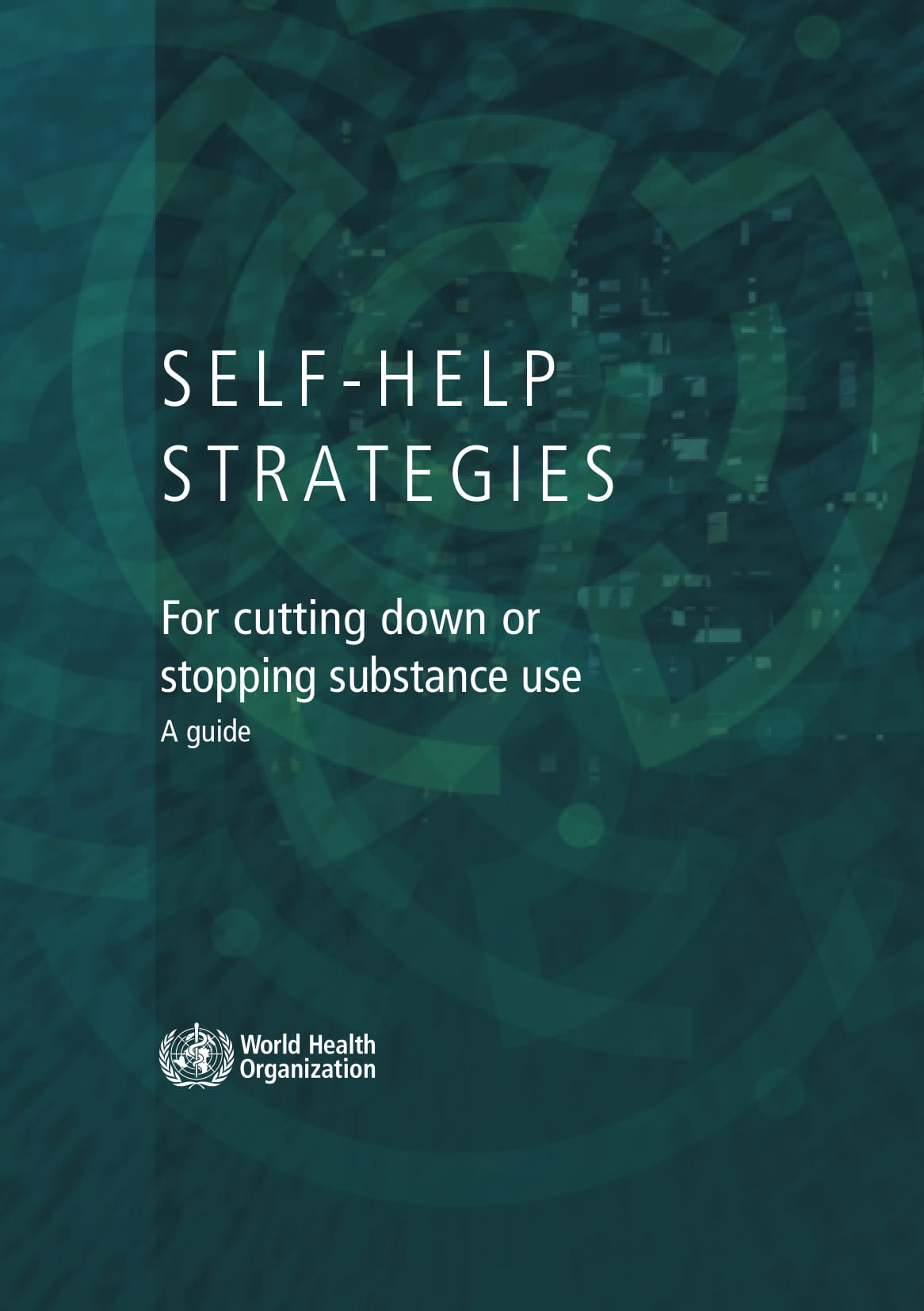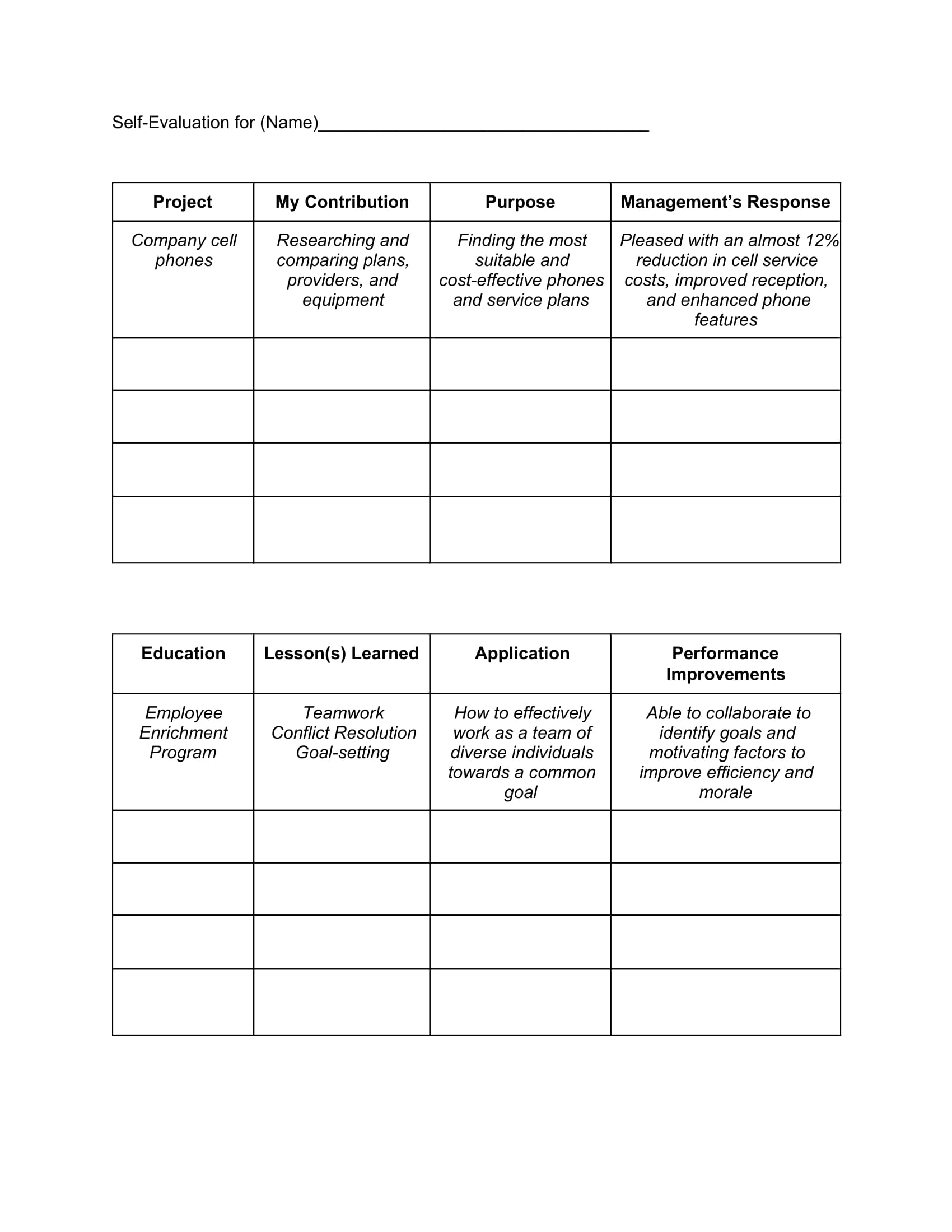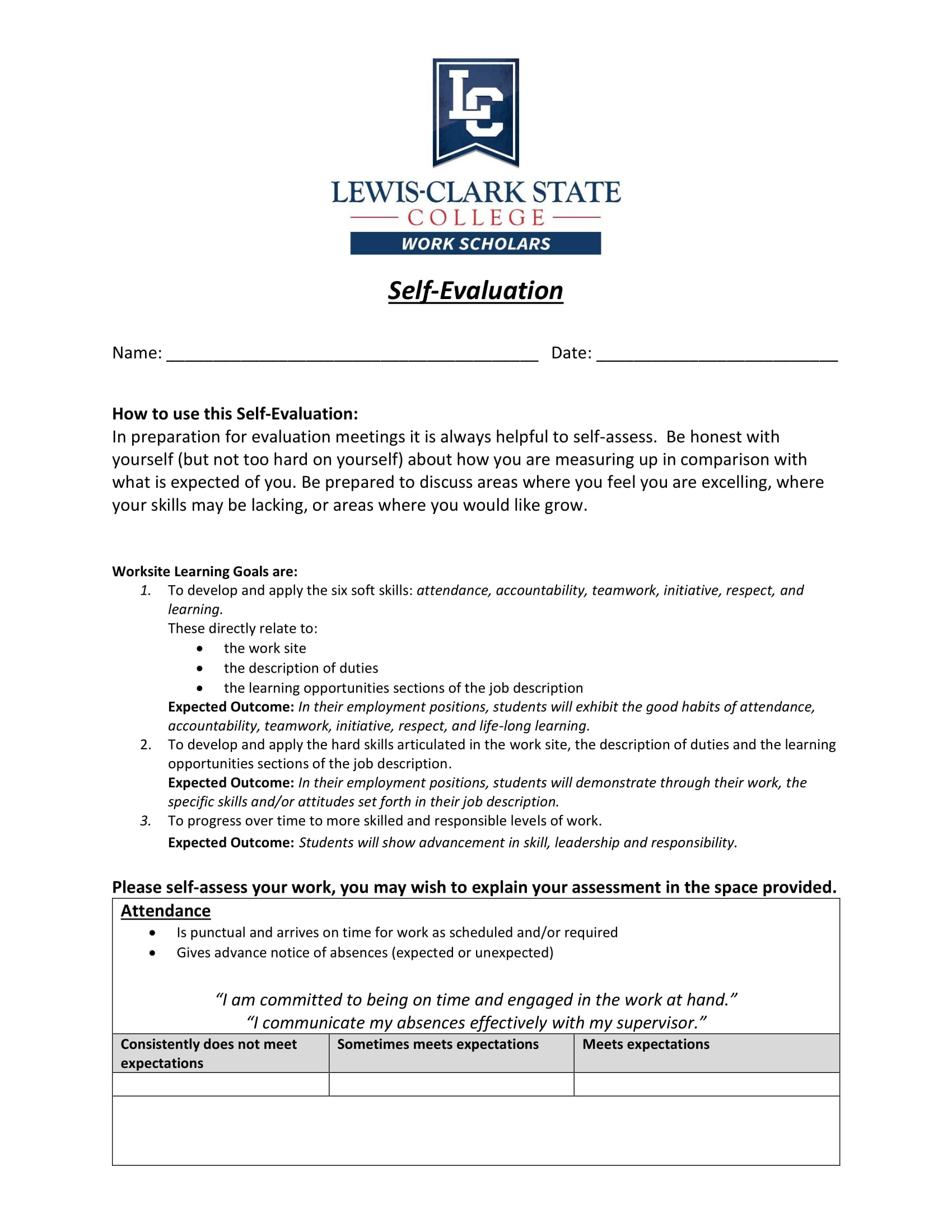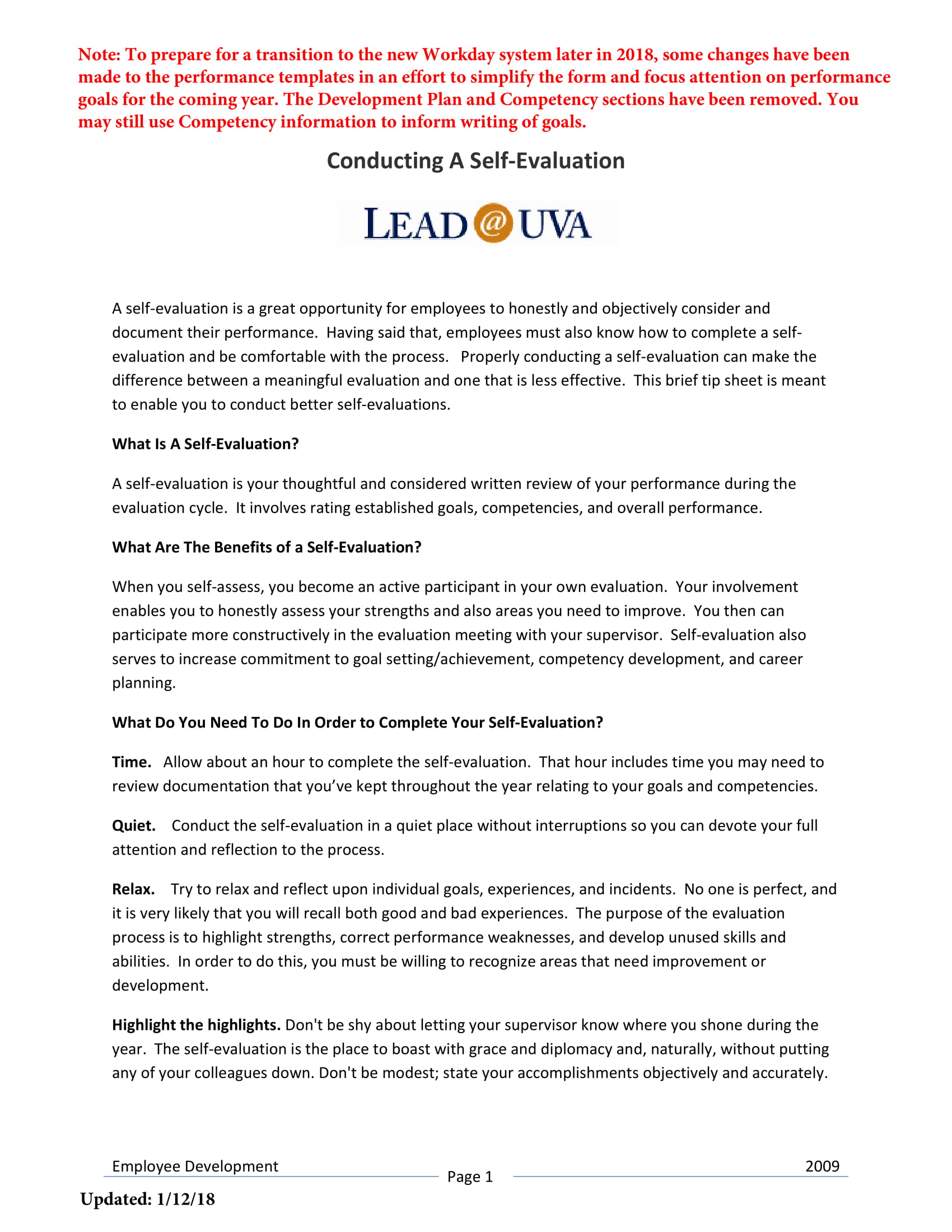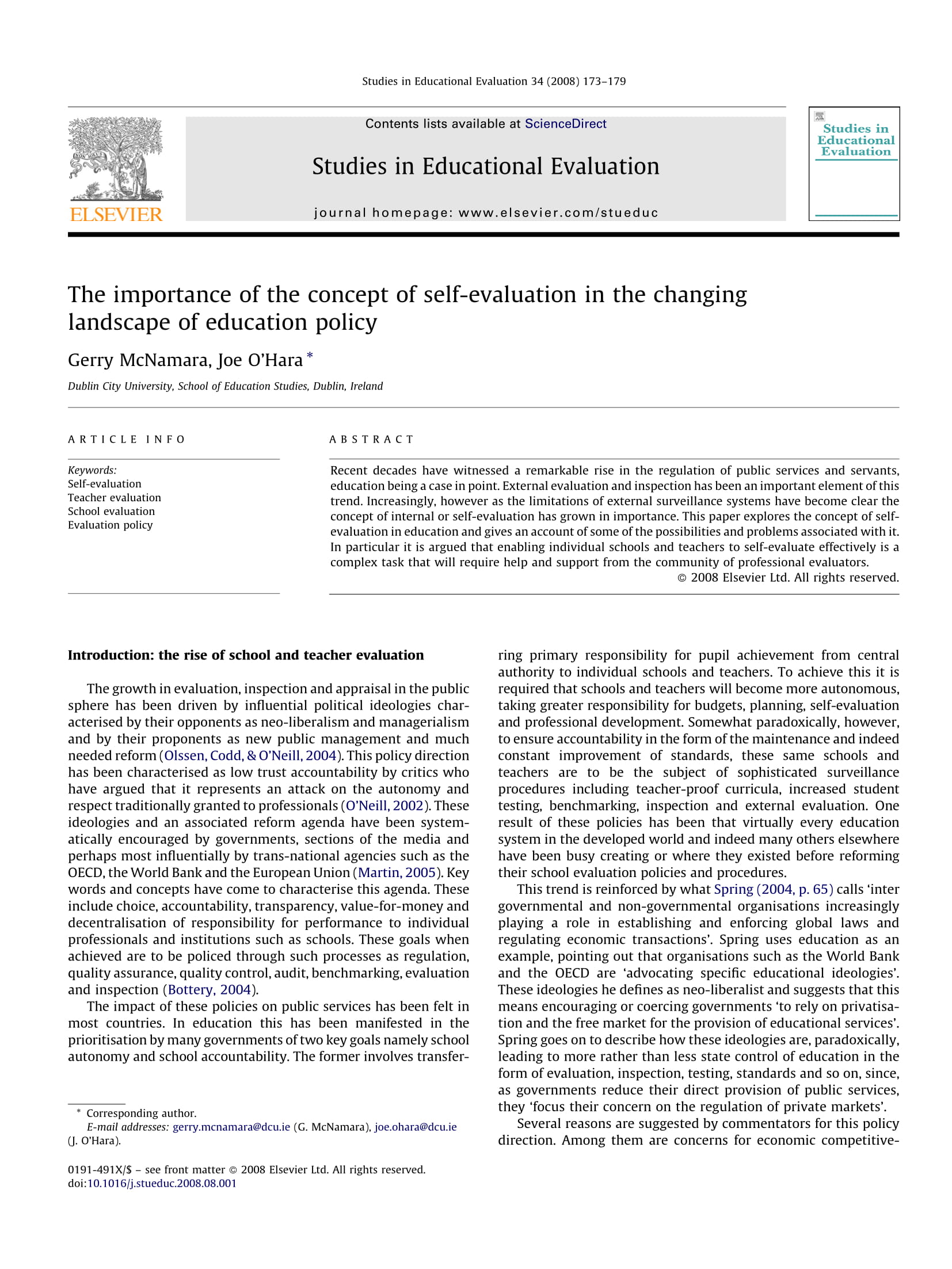9+ Purchase Manager Self-Assessment Examples to Download
In every company, there is this in and out of products, and it requires a person, with his team, to do that. He is responsible in letting in and letting out of the items. He is the purchase manager.
- Equipment Purchase Agreement Examples
- Management Plan Examples
Oftentimes, the job of a purchase manager can be too big for a person to handle or even for the whole purchasing team, which can lead the managing of purchase to an off tangent. This can happen if the purchasing team, or the manager himself, lacks a strong system in actualizing the tasks that calls for in every purchase. And this is when self-assessment is needed.
Introduction to Self-Help Example
Self-Help Books Examples
What Is Self-Assessment?
Another word for self-assessment is evaluation. In the position of a purchase manager, what is there that needs to be evaluated?
Self-assessment or evaluation is for anyone, and not just for purchase manager. And by self-assessment, it is not something that is done or given to someone who is facing a problem. Self-assessment is assessment, regardless of the situation of the person.
One should think of self-assessment not as a way of solving a problem. Self-assessment is not a medicine. It is a system. It is a way of how one should direct his life. It is a way one should behave one’s own life.
Self-Help Resources Example
Self-Help by Smiles Example
Self-Help Strategies Example
But let us look at how other people look at self-assessment.
Step-by-Step Approach to Doing Self-Assessment
1. Identify. Knowing where you are standing and the things that surround you is the beginning of self-assessment. When you become aware of your presence, as well as the presence of the rest of your surroundings, it will open your door to many possibilities. But it is not easy, and some people may find it difficult to open their eyes to a bright light, hence, remaining in the dark. Opening up one’s senses will make a big difference. By identifying, it is to identify the weak as well as the strong elements of your being. What is making you strong? And what is making you weak? What are your talents? What are your dark moments? What is it that needs help?
2. Accept. After seeing almost everything, ups and downs, there is that confused feeling of whether the traits you have observed are really yours. Are you like that? Are you like this? I have never done that, but I was doing it. Is that really me? Questions like these abound after seeing a picture of yourself. Your challenge is, are you ready to accept who you are? Are you open to the truth that you act that way? Will you accept the truth that you are ugly or handsome? Will you accept that you are fat or lanky? Do you own these personalities, these traits, these mannerisms, these bad habits or virtues? Unless you are, you will not be able to move on to the next step.
3. Appreciate. Now that you have accepted who you are, would you be the first person to appreciate yourself? Would you appreciate being ugly? Would you accept being handsome? The point is, it really does not matter whether you are handsome or ugly—just to exaggerate things. Everyone has its own weakness and strengths, but accepting and appreciating them is quite a challenge. Unless you appreciate yourself, you will never be able to appreciate the people around you. And when you appreciate, appreciate because whether you have bad or good traits, they are part of who you really are.
4. What needs to be done. Now that you have matured already—you know who you are, you have own what you have—it is now time to do something about the things that need to be changed. If you are lazy, what do you think should be done about it? If you are greedy, what do you think should be changed? If you are boisterous everywhere, can you do something about it? Self-assessment is always about self-improvement. That is why identifying your weakness in the first stage is very important. If you cannot identify anything about yourself, then there is nothing that can be improved.
Assessment Matters Example
Self-Evaluation Template Example
Work Scholar Self-Evaluation Example
These are just some of the many ways you can assess yourself. The steps vary from one to another; it can be a three-step process or it can be a more specific seven-step process. All the same, it is a process, and it always starts with identifying issues up to doing something for a change.
Self-Assessment When Applied to a Purchase Manager
Self-assessment is not only for clinicians, psychotherapists, etc., it can be applied to almost any lifestyle. So how do we apply it in a business setting, such as a purchase manager?
A purchase manager, as mentioned earlier, is the one responsible for the ins and out of products—either to be purchased or to be disposed. Imagine if he is working in a big company, how do you think can he handle such an enormous task? Of course, he needs someone or a team to assist him execute the job. But most importantly, what he needs is a system. A company usually has its own system, and the employee, all he needs to do is to follow that system. Even then, despite having a system, despite having your own team of employees, despite having an established rapport among colleagues, anything can still go wrong. And this is where self-assessment comes in.
If we follow the steps mentioned above, it will go as follows:
1. Identify. Observe what is happening in the company: What is happening in the purchasing team? What is happening between the employees and the employers, between the leaders and the crews? What is happening to you as a purchasing manager? How did you handle your team? Identify the problems, if there are any. But also, identify your strengths. Tabulate the ups and downs. Make a graph. The keyword is knowledge. Know yourself. Make a drawing of yourself as a purchase manager. Make a caricature of yourself; does your face look like you are a horse in the drawing, or a cow, or a rabbit? Ask someone to draw you, to say something about you. Does it match with yours? What are the failures you have encountered? Did you make any record of those?
2. Accept. After all those observations, identifying some issues, self-knowledge, can you accept them as really yours? Would you still be hesitant to own them, your failures, your downs, your weaknesses?
Knowing is one thing. Accepting is another. You can know something about yourself and yet not willing to accept them.
Some issues that a purchase manager may encounter is mismanagement or mishandling of items, such as lost items. Not being able to track your items is a failure as a purchase manager. You were able to identify such issue, but will you be open to accept that it really was your fault? By accept, we mean own, and by own, we mean you are proud but at the same time regretful that you have done it. If you are ready to accept your issues, then you are ready to move to the next step.
Conducting a Self-Evaluation Example
3. Appreciate. After accepting those mishandling issues, and many many other issues, you might feel regretful and self-pity. But you do not stop there. This self-assessment is not to make one feel empty and low, it is supposed to help a person. If you stop at recognizing issues, it is not called self-assessment. And if you stop only at the level of accepting, that you have not done good enough as a purchasing manager, then you will end up with self-pity. And that is not good. That is not what self-assessment is.
You have flaws, failures. But you have to appreciate your whole being, despite everything else. Your flaws are just part of who you are; there are still many positive traits left in you. You have done something bad, but you are still good. And you can be better. You can be better because there is already some goodness in you.
4. Do something about it. You have seen the picture. You have accepted the scene that it is you in the story. You have made the mess. You owned it. Are you now willing to be changed? If you are not, what are the resistances? What are you anxious of? What are you trying to protect from?
Changing from something to another is not an overnight project. That is why in the first step, we need to identify individual issues, specific problems, small troubles. This is so that we can make a specific solution to a particular task. How do we solve the issue of laziness. How do we solve the issue of non-systematic purchasing? How do we deal with an authority issue?
The Importance of Self-Evaluation Example
Some Tips on Realizing a Task at Work
- Empowerment. Giving others the chance to decide and do the things that are otherwise done by their superiors.
- Distribution of work. It is some kind of empowerment, but you have regulated the task to your coworkers instead of doing it all alone by yourself.
- Always calm but ready. In times of difficulty, be calm. But be always ready to do some action, to solve problems.
- Openness. Treat your subordinates as your friend.
Always remember that self-assessment does not end in one session. You can even do it every day. How about you add something in your routine, like a 5-minute meditation.



